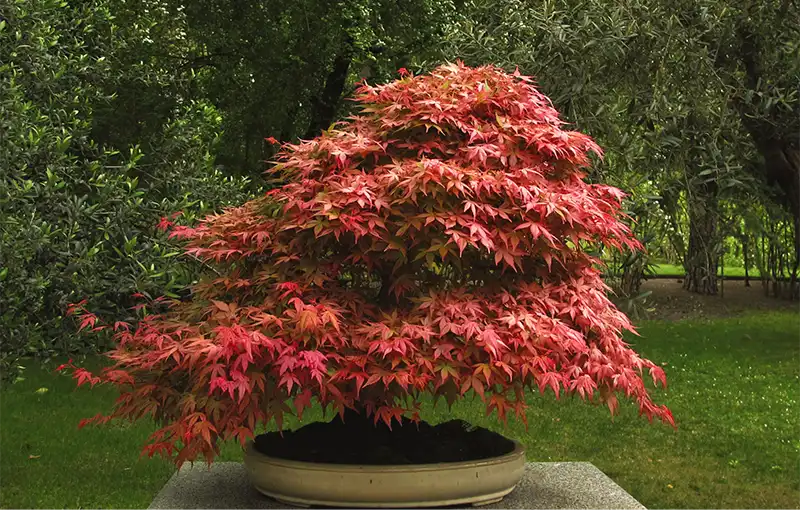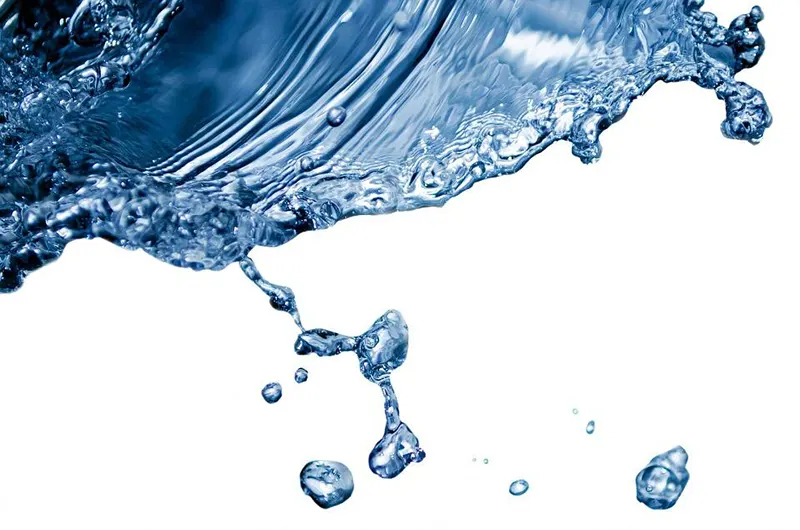Japanese Maple Overwatering Symptoms
Japanese maple is quite a hardy tree that doesn’t require much maintenance. But you should avoid overwatering it as it can lead to myriad problems. Usually, the trees display signs when they’re overwatered. This article will discuss some common symptoms that could suggest excess water and what you can do about it.
Image courtesy of Jardin Botanico | License Details
Overwatering Symptoms
Foliage
When you notice yellowing on the foliage, it could be due to overwatering. Please don’t ignore it as it’s one of the most prominent signs of this problem.
Root Rot
Root rot is another sign of overwatering. Wet soil allows pathogens like pythium, verticillium, and fusarium to breed on it. These pathogens stay on the soil until the water is evaporated. Unfortunately, you can’t get rid of them by using fungicides. A healthy tree can recover from root rot in time with proper drainage. It’s best to prevent their occurrence in the first place by monitoring your watering cycles.
It’s not easy to identify root rot at its onset until the tree and leaves start displaying some signs. To check if there’s root rot in your tree, you should try inspecting the roots by digging up a part of the soil to expose a part of the root. Watch out for any signs of pathogens like fruiting bodies and brownish and reddish cankers in and around the root. Most of the symptoms occur below the soil, while some in the tree’s crown.
Preventing Root Rot
To prevent the roots from rotting, you should provide your Japanese maple bonsai with the best conditions. Make sure the soil is well-drained, acidic, and with a pH of 7.0 or less. It needs partial sun and indirect sunlight. You should fertilize it occasionally and mulch it too.
Other Signs
When you notice your tree’s general health declining, it could be a possible indication of overwatering and root rot. It could become susceptible to other pests and diseases. The leaves might start to wilt and drop, and you might notice some drought stress-like signs. It’s because the roots couldn’t transfer water and other nutrients through the tree. By examining the soil’s wetness, you’ll be able to tell if the problem is due to drought or overwatering.
Prevention of Overwatering
Sometimes, when we have a variety of trees in our garden, we tend to water them with the same frequency as others. It could lead to overwatering as trees have different moisture requirements. Some plants are heavy feeders, while others need less water. You should only water your Japanese maple when 2-3 inches of the soil’s top layer are dry. Weather also plays an important factor in determining the watering frequency. If it’s very hot, it will help water the tree once a day to ensure there’s no drought stress.
Check the soil if it’s well-drained enough and repot the tree during the winter dormancy season if needed. In the summer, you can take it out of the pot and place paper towels around the loaf of the soil to absorb excess moisture. Make sure the tap water you’re using is pH neutral or acidic. If it’s hard, it’s better to use rainwater-harvested water or tanks. If you don’t have these alternate water sources, try using “pH” tablets.
Additional Tips
It’s a good idea to cover your tree with a horticulture fleece during the frost season. Always keep an eye out for any signs of pests and insects and try to nip these problems in the bud before they cause any further damage. You should also ensure that it’s not subject to mighty winds. Strong winds can cause the leaves to dry out.
A well-drained moist soil that’s slightly alkaline is essential to maintain a healthy tree. Adding compost to the soil also helps as this tree is a heavy feeder.
Finally, don’t let the glory and grandeur of the Japanese maple make you think that it’s high-maintenance, and it’s not wise to get one if you’re not pro. Japanese maples aren’t that difficult to care for once you know their basic requirements.







